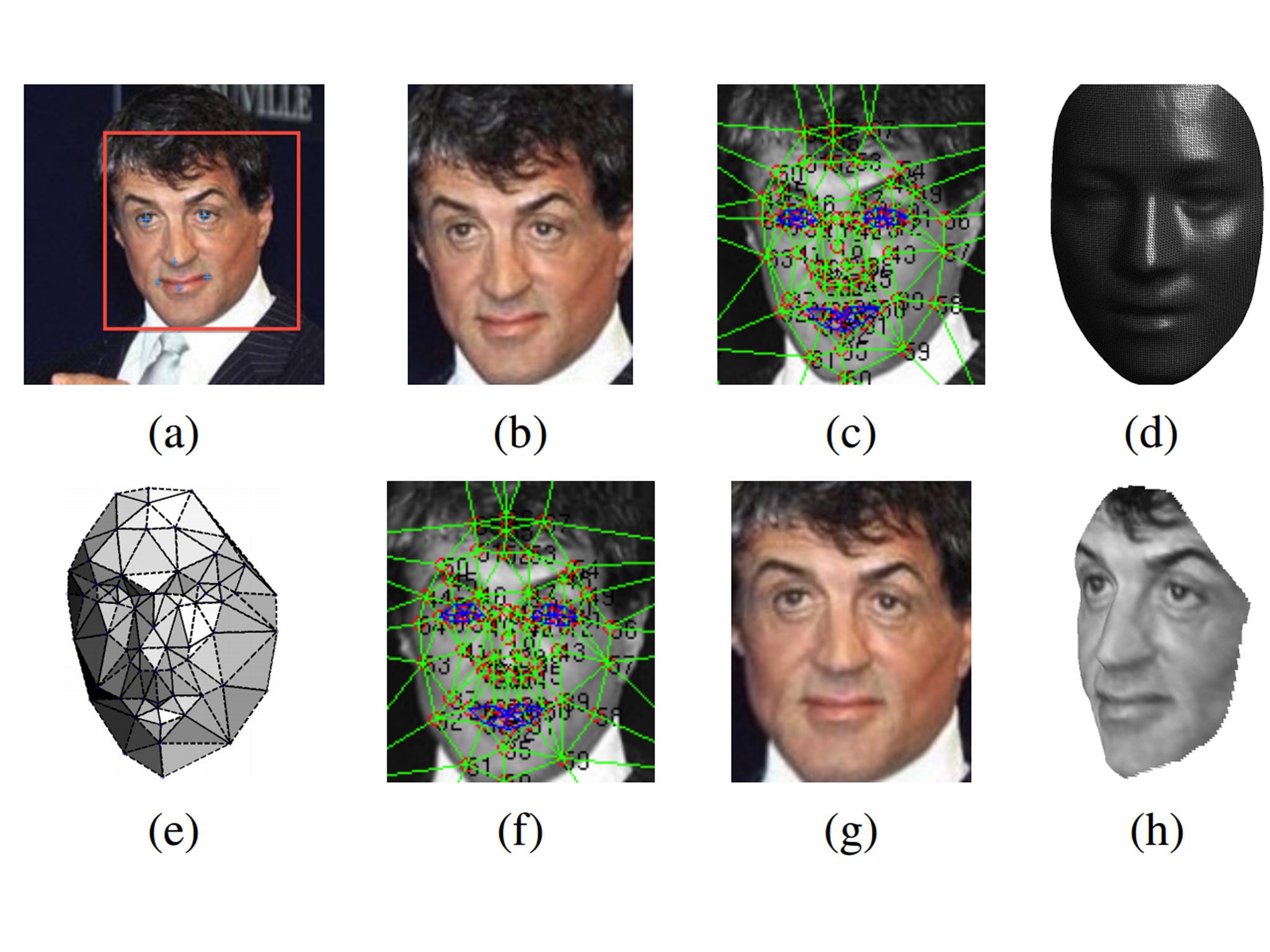Facebook's facial verification software reaches 'near human-level performance'
The program can match photos of the same individual with 97.25 per cent accuracy - just a shade below human performance of 97.5 per cent

Your support helps us to tell the story
From reproductive rights to climate change to Big Tech, The Independent is on the ground when the story is developing. Whether it's investigating the financials of Elon Musk's pro-Trump PAC or producing our latest documentary, 'The A Word', which shines a light on the American women fighting for reproductive rights, we know how important it is to parse out the facts from the messaging.
At such a critical moment in US history, we need reporters on the ground. Your donation allows us to keep sending journalists to speak to both sides of the story.
The Independent is trusted by Americans across the entire political spectrum. And unlike many other quality news outlets, we choose not to lock Americans out of our reporting and analysis with paywalls. We believe quality journalism should be available to everyone, paid for by those who can afford it.
Your support makes all the difference.Facebook has announced that the latest iteration of its facial verification software has reached near “human-level performance”.
The social network’s deep learning algorithms (computer programs that can learn to recognise patterns from large amounts of data) can now say when two images show the same individual with 97.25 per cent accuracy. By comparison, humans get this task right 97.5 per cent of the time.
The new software is called DeepFace, and analyses photos regardless of lighting, expression or whether or not the individual is facing the camera. It does this by creating a 3D map of the facial features in the picture and "recognises" the individual by calculating various numerical descriptions of the face – eg, the ratio between eyebrows and mouth and the distance between nose and ears.
The screen shot above shows the technology in action. Beginning with a snapshot of an individual face (a), the software processes this into a wireframe model (e) and finally a 3D recreation of the face (h).
DeepFace is technically a facial verification system (matching images to images) rather than a facial recognition program (matching images to a name), but many of the underlying techniques are transferrable between the two goals.
Facebook says that it used a pool of 4.4 million labelled faces from 4,030 different people on its network to load the system. The software is not currently being introduced to Facebook itself, but is simply being presented to garner feedback from other researchers.
The social network first introduced its facial recognition software back in 2010 to American users before bringing it worldwide in 2011. In 2012 the EU forced Facebook to drop the functionality in Europe and delete all the facial templates it had collected from users. Facial recognition remains unavailable for users in the UK.
Join our commenting forum
Join thought-provoking conversations, follow other Independent readers and see their replies
0Comments